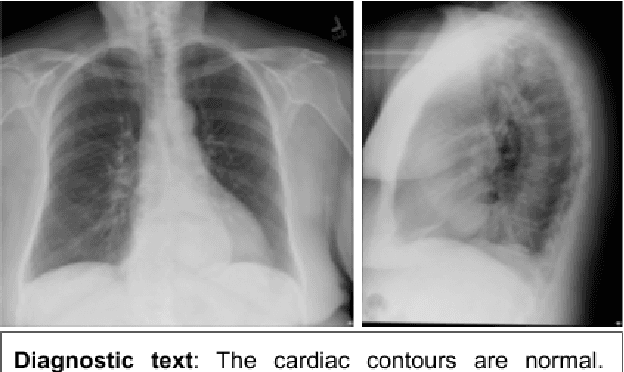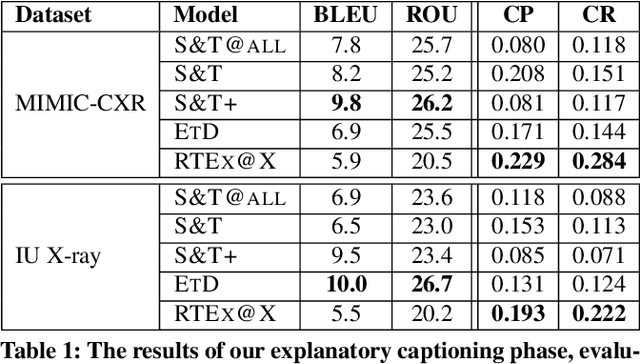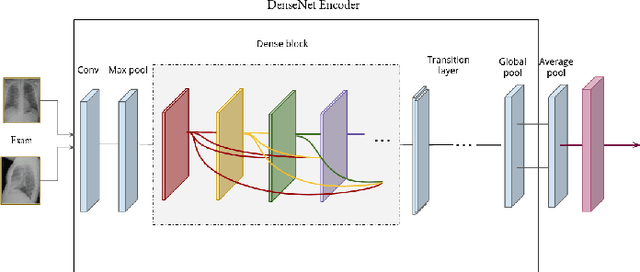Max Gordon
From Radiologist Report to Image Label: Assessing Latent Dirichlet Allocation in Training Neural Networks for Orthopedic Radiograph Classification
Aug 22, 2024Abstract:Background: Radiography (X-rays) is the dominant modality in orthopedics, and improving the interpretation of radiographs is clinically relevant. Machine learning (ML) has revolutionized data analysis and has been applied to medicine, with some success, in the form of natural language processing (NLP) and artificial neural networks (ANN). Latent Dirichlet allocation (LDA) is an NLP method that automatically categorizes documents into topics. Successfully applying ML to orthopedic radiography could enable the creation of computer-aided decision systems for use in the clinic. We studied how an automated ML pipeline could classify orthopedic trauma radiographs from radiologist reports. Methods: Wrist and ankle radiographs from Danderyd Hospital in Sweden taken between 2002 and 2015, with radiologist reports. LDA was used to create image labels for radiographs from the radiologist reports. Radiographs and labels were used to train an image recognition ANN. The ANN outcomes were manually reviewed to get an accurate estimate of the method's utility and accuracy. Results: Image Labels generated via LDA could successfully train the ANN. The ANN reached an accuracy between 91% and 60% compared to a gold standard, depending on the label. Conclusions: We found that LDA was unsuited to label orthopedic radiographs from reports with high accuracy. However, despite this, the ANN could learn to detect some features in radiographs with high accuracy. The study also illustrates how ML and ANN can be applied to medical research.
RTEX: A novel methodology for Ranking, Tagging, and Explanatory diagnostic captioning of radiography exams
Jun 11, 2020



Abstract:This paper introduces RTEx, a novel methodology for a) ranking radiography exams based on their probability to contain an abnormality, b) generating abnormality tags for abnormal exams, and c) providing a diagnostic explanation in natural language for each abnormal exam. The task of ranking radiography exams is an important first step for practitioners who want to identify and prioritize those radiography exams that are more likely to contain abnormalities, for example, to avoid mistakes due to tiredness or to manage heavy workload (e.g., during a pandemic). We used two publicly available datasets to assess our methodology and demonstrate that for the task of ranking it outperforms its competitors in terms of NDCG@k. For each abnormal radiography exam RTEx generates a set of abnormality tags alongside an explanatory diagnostic text to explain the tags and guide the medical expert. Our tagging component outperforms two strong competitor methods in terms of F1. Moreover, the diagnostic captioning component of RTEx, which exploits the already extracted tags to constrain the captioning process, outperforms all competitors with respect to clinical precision and recall.
 Add to Chrome
Add to Chrome Add to Firefox
Add to Firefox Add to Edge
Add to Edge